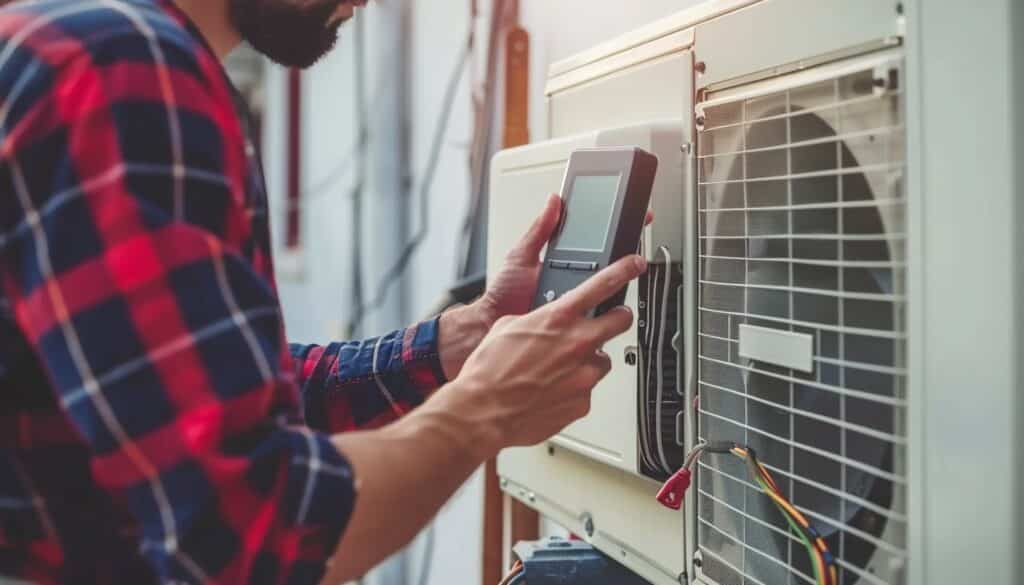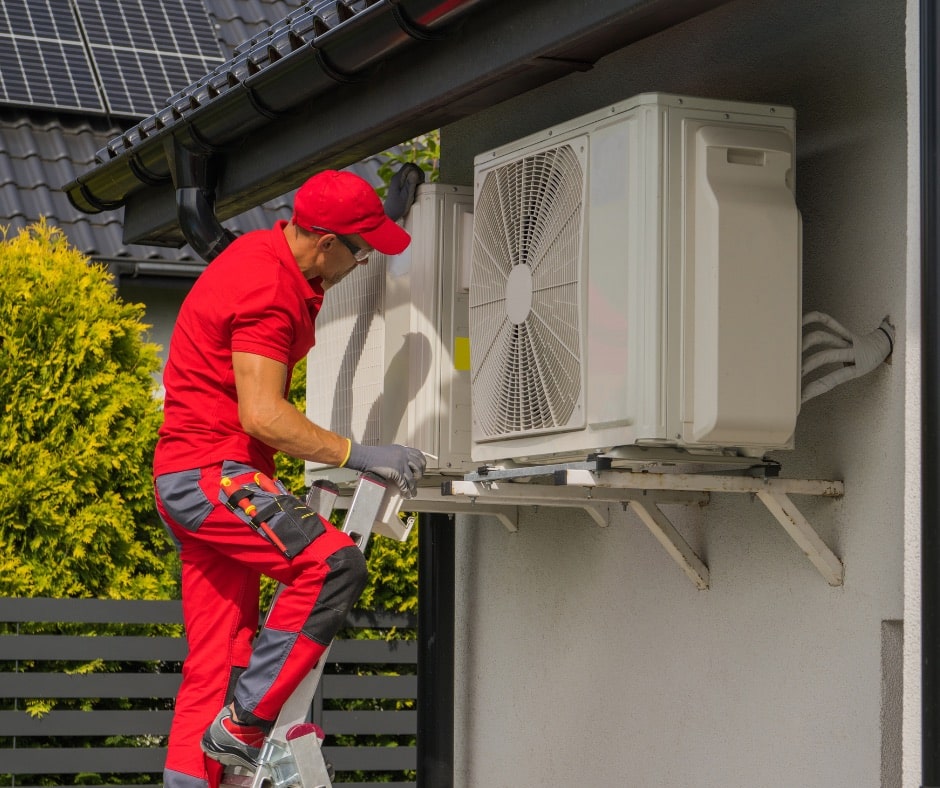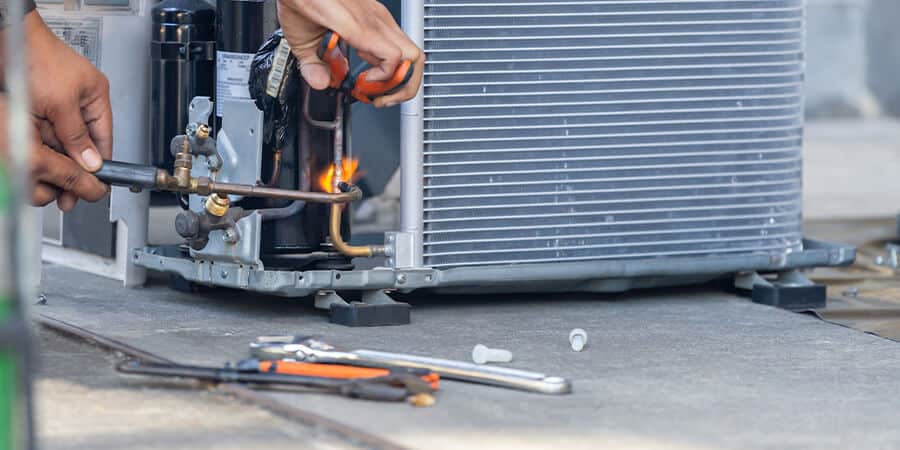AC Diagnostic Test: Your Guide to Timing & Benefits
Table of Contents
- Introduction
- What Is an AC Diagnostic Test?
- Steps Involved in an AC Diagnostic Test
- Factors Affecting the Duration of an AC Diagnostic Test
- Benefits of a Comprehensive AC Diagnostic Test
- How to Prepare for an AC Diagnostic Test
- Frequently Asked Questions (FAQs)
1. Introduction
An air conditioning (AC) system is a vital component in maintaining comfort in your home, especially during the hot summer months. However, like all mechanical systems, your AC unit requires regular maintenance and occasional troubleshooting to ensure it operates efficiently. One crucial aspect of this maintenance is the AC Diagnostic Test. Understanding how long this process takes and what it involves can help you better prepare and schedule your time. This blog post will explore the details of an AC Diagnostic Test, including the time required for a complete assessment.

2. What Is an AC Diagnostic Test?
An AC Diagnostic Test is a comprehensive assessment conducted by a qualified HVAC technician to evaluate the performance and condition of your air conditioning system. This test is essential for identifying any underlying issues that could affect the efficiency, performance, or lifespan of your AC unit. During the test, the technician examines various components of the system, including the thermostat, refrigerant levels, electrical connections, and airflow.
The primary goals of an AC Diagnostic Test are to:
- Ensure the AC system is operating within manufacturer specifications.
- Identify any potential problems before they lead to costly repairs.
- Optimize the system’s efficiency for better cooling performance and energy savings.
3. Steps Involved in an AC Diagnostic Test
An AC Diagnostic Test involves several key steps, each contributing to a thorough examination of the system. Below is an outline of the typical process:
- Initial Inspection: The technician begins by visually inspecting the AC unit and surrounding areas. This step helps identify obvious signs of wear and tear, such as loose components, rust, or debris buildup.
- Thermostat Check: The thermostat settings and calibration are checked to ensure they are correctly configured for optimal performance.
- Electrical Component Testing: This involves checking the voltage and current of the system to ensure all electrical connections are secure and functioning properly.
- Refrigerant Level Check: The technician measures the refrigerant levels to ensure they are within the recommended range. Low refrigerant levels can indicate a leak or an undercharged system, both of which require immediate attention.
- Airflow Measurement: The airflow is measured to ensure it meets the required specifications. Poor airflow can be caused by blockages, dirty filters, or issues with the blower fan.
- Compressor and Fan Motor Inspection: The compressor and fan motor are critical components of the AC system. The technician will check for signs of wear, unusual noises, or vibrations that may indicate a problem.
- Evaporator and Condenser Coil Evaluation: These coils are inspected for cleanliness and proper function. Dirty or damaged coils can significantly reduce the efficiency of the AC unit.
- System Performance Testing: The overall performance of the AC system is tested under different conditions to assess how well it cools the air and maintains the desired temperature.

4. Factors Affecting the Duration of an AC Diagnostic Test
The time required to complete an AC Diagnostic Test can vary based on several factors. Typically, this process can take anywhere from 30 minutes to a few hours. Here are the main factors that influence the duration:
- Age of the System: Older AC units may take longer to diagnose due to accumulated wear and potential complications.
- System Complexity: More advanced systems with multiple zones or integrated smart controls may require a more detailed examination.
- Extent of Issues: If the AC unit is experiencing multiple problems, the diagnostic test will take longer as the technician addresses each issue.
- System Size: Larger systems or those serving multiple rooms or floors may require more time for a complete assessment.
5. Benefits of a Comprehensive AC Diagnostic Test
Investing time in a thorough AC Diagnostic Test offers several benefits that can save you money and improve your comfort:
- Early Problem Detection: Identifying issues before they escalate can prevent costly repairs or replacements.
- Improved Energy Efficiency: A well-maintained AC system runs more efficiently, reducing energy consumption and lowering utility bills.
- Extended System Lifespan: Regular diagnostics and maintenance can significantly extend the life of your AC unit.
- Enhanced Comfort: Ensuring that your AC system is functioning correctly improves indoor air quality and maintains consistent temperatures.
6. How to Prepare for an AC Diagnostic Test
Preparing for an AC Diagnostic Test can help ensure that the process goes smoothly and that the technician can complete the assessment efficiently. Here are a few tips:
- Clear Access to the Unit: Ensure that the area around your AC unit is free of obstacles, allowing the technician easy access.
- Have Maintenance Records Available: If you have previous maintenance records, provide them to the technician to give them a complete history of the unit.
- List Any Concerns: If you’ve noticed specific issues with your AC system, such as strange noises or inconsistent cooling, make a list to discuss with the technician.

7. Frequently Asked Questions (FAQs)
Q1: How often should I schedule an AC Diagnostic Test?
A1: It’s recommended to schedule an AC Diagnostic Test at least once a year, preferably before the cooling season begins. Regular testing helps maintain efficiency and prevents unexpected breakdowns.
Q2: Can I perform an AC Diagnostic Test myself?
A2: While there are some basic checks you can perform, such as changing the air filter, a complete AC Diagnostic Test should be conducted by a qualified HVAC technician. They have the tools and expertise to identify issues that may not be visible to an untrained eye.
Q3: What should I do if the diagnostic test reveals a significant issue?
A3: If the AC Diagnostic Test uncovers a major problem, discuss the findings with the technician. They can advise on the best course of action, whether it’s a repair, a component replacement, or, in some cases, a system upgrade.
Q4: Will a diagnostic test improve the cooling efficiency of my AC unit?
A4: Yes, by identifying and addressing any inefficiencies or issues, a diagnostic test can improve your AC unit’s cooling performance and energy efficiency.
Q5: How much does an AC Diagnostic Test typically cost?
A5: The cost can vary depending on the complexity of the system and the issues being investigated. However, many companies, like Wintri, offer promotions or discounts, especially for new customers.

Ensuring that your AC system is in top shape through regular diagnostic tests is essential for maintaining a comfortable home environment. By understanding the time required for an AC Diagnostic Test and the benefits it offers, you can better prepare for and appreciate the value of this important service.

